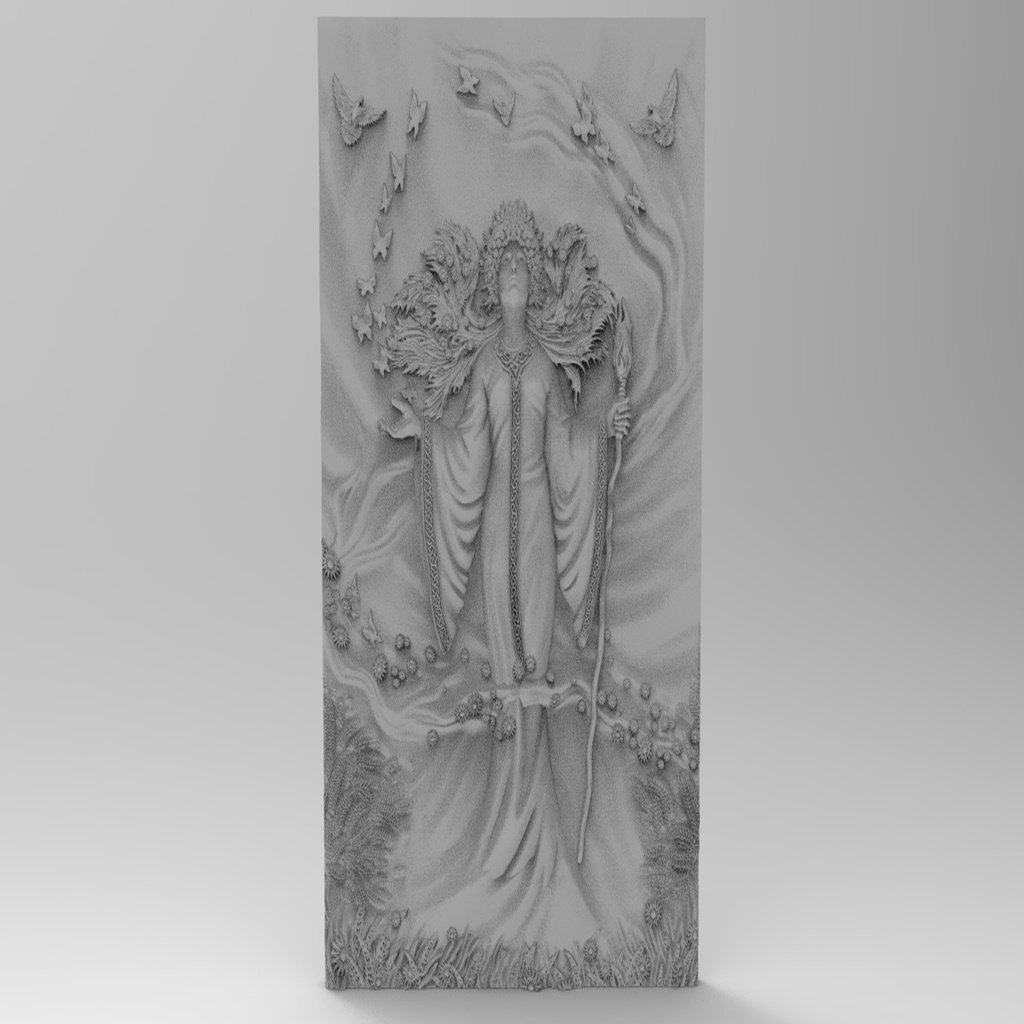
SlAVIK Witch CNC
thingiverse
The practice of witchcraft and accusations of witchcraft have a long history across various cultures and regions. In Europe during the 16th to 18th centuries, the Catholic Church played a significant role in enforcing moral discipline, with local tribunals such as the one in Venice helping to investigate women's religious behaviors when they were accused of witchcraft. Women who were considered "outsiders" due to their poverty, different religious practices, language, or regional origin were more likely to be accused and tried for witchcraft. In Spain, Franciscan friars introduced Diabolism (the belief in the devil) to indigenous people after their arrival in 1524. This led to a blending of beliefs with existing cultural practices. Galicia is nicknamed "The Land of Witches" due to its mythological origins surrounding its people and culture. In Oceania, witchcraft was practiced in pre-Christian times in the Cook Islands, where sorcerers and sorceresses were often slain by relatives of their supposed victims. A singular enchantment was employed to kill off a husband of a pretty woman desired by someone else. The uncrowned Queen Makea was believed to have possessed the mystic power called mana, giving the possessor the power to slay at will. In Papua New Guinea, over 50 people were killed in two Highlands provinces in 2008 for allegedly practicing witchcraft. An estimated 50-150 alleged witches are killed each year. In Fiji, a father blamed witchcraft for the death of his family, claiming that his in-laws were "too much into witchcraft." In Russia, one of the words for witch is "ved'ma" which means "one who has devoured." Accusations of witchcraft have also been associated with poverty and lack of education.
With this file you will be able to print SlAVIK Witch CNC with your 3D printer. Click on the button and save the file on your computer to work, edit or customize your design. You can also find more 3D designs for printers on SlAVIK Witch CNC .
